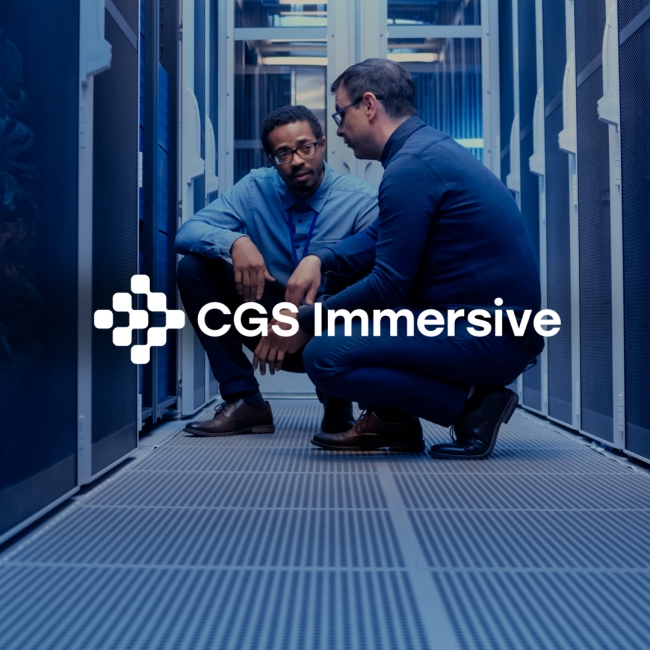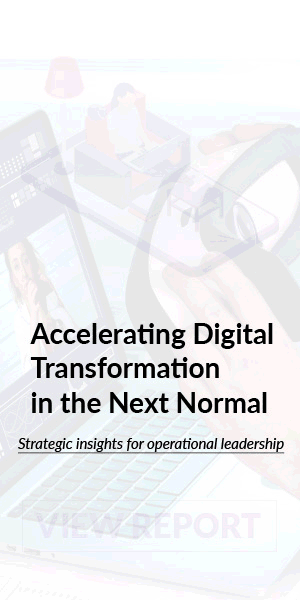From Compliance to Curiosity: How XR and AI Are Redefining Workplace Learning

For decades, workplace learning has leaned heavily on compliance - checklists, regulations, and mandatory eLearning modules. While this approach ensured standardization, it rarely ignited passion or inspired exploration. Today, a new wave of learning technology is turning that script on its head. With the rise of Extended Reality (XR) and Artificial Intelligence (AI), organizations are beginning to shift from obligation-driven training to curiosity-led development. And the results are nothing short of transformative.
The shift: from "have to" to "want to"
Traditional corporate training has often been something employees endure. Modules are completed for certifications, not because they spark genuine interest. XR and AI, however, introduce a level of personalization, immersion, and real-time interaction that fundamentally changes the learner's relationship with training content.
Instead of passively consuming information, employees are stepping into dynamic environments that adapt to their learning style and pace. Curiosity becomes a driving force when the training feels less like a requirement and more like an experience.
How XR transforms engagement
XR - spanning Virtual Reality (VR), Augmented Reality (AR), and Mixed Reality (MR) - allows learners to engage in real-world scenarios in a risk-free environment. Whether it’s practicing a difficult conversation, conducting a safety inspection, or troubleshooting a machine, learners can make decisions, see outcomes, and reflect - all within a highly realistic simulation.
Key benefits of XR in learning include:
- Immersive practice: Learners can “feel” the consequences of their decisions, enhancing retention and decision-making under pressure.
- Emotional engagement: Embodied experiences create stronger memory anchors compared to text or video-based learning.
- Equity in access: Employees in remote locations or high-risk environments can now access consistent, quality training without logistical barriers.
The Power of AI: personalized, responsive, scalable
Where XR provides the immersive canvas, AI acts as the intelligent engine behind it. From adapting content in real-time to evaluating learner performance, AI enables continuous feedback loops that support growth.
AI’s role in redefining learning:
- Conversational AI coaches: Employees can practice customer interactions, leadership conversations, or negotiations with AI-powered agents that respond naturally and offer constructive feedback.
- Personalized learning paths: Based on performance, AI recommends what to learn next, how to improve, and even identifies confidence or hesitation patterns.
- Scalable assessment: No need to wait for a manager to review a role-play - AI assessors can evaluate and benchmark performance across teams instantly and objectively.
Encouraging a culture of curiosity
With these technologies, learning moves out of the static LMS and into the flow of work. Employees begin to view training not as an obligation but as an opportunity - an invitation to explore, test, and improve without fear of judgment.
Organizations can reinforce this shift by:
- Designing for exploration: Create branching narratives in XR scenarios where learners can safely explore multiple paths.
- Normalizing iteration: Make it clear that learning is ongoing - encourage repeated practice and reflection, just like in real life.
- Recognizing effort, not just completion: Reward learners for curiosity, engagement, and improvement - not just for ticking the compliance box.
Real-world impact
Companies deploying XR and AI in training have reported remarkable improvements:
- Up to 80% increase in knowledge retention.
- Reduction in time-to-competence by as much as 50%.
- Dramatic improvements in employee confidence, especially in high-stakes interpersonal scenarios.
Whether it's an airline preparing cabin crew for emergencies or a hospital onboarding nurses for patient care, XR and AI are not just delivering better outcomes - they're making people want to learn.
Conclusion: designing for the inquisitive mind
As the workplace evolves, so too must the way we prepare people for it. XR and AI are leading us into a new era of learning - one where the spark of curiosity replaces the shadow of obligation. In this future, the question isn’t “Have you completed your training?” but “What have you discovered today?”
The journey from compliance to curiosity is not just a technological shift - it’s a cultural one. And it starts with choosing tools that honor how people truly learn: by doing, reflecting, and growing. Reach out to the CGS Immersive team today to learn more.
Referenced Statistics and Sources
1. 80% Increase in Knowledge Retention with XR
- Source: PwC, "Seeing is Believing: How VR is Transforming Business" (2020)
- Key Finding: VR-trained employees in soft skills were up to 275% more confident to act on what they learned and had up to 80% higher retention one month after training compared to traditional learning.
- Link: https://www.pwc.com/us/en/tech-effect/emerging-tech/virtual-reality-study.html
2. 50% Reduction in Time-to-Competence
- Source: Accenture, "Immersive Learning for the Future Workforce" (2020)
- Key Finding: XR-based training helped reduce training time by up to 60% in some cases. Learners completed training in significantly less time while improving performance.
- Link: https://www.accenture.com/content/dam/accenture/final/a-com-migration/r3-3/pdf/pdf-86/accenture-extended-reality-immersive-training.pdf

